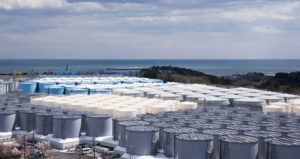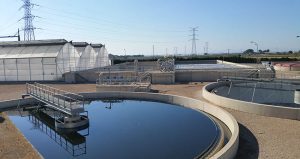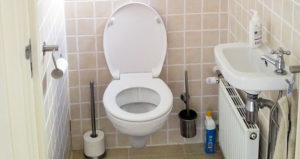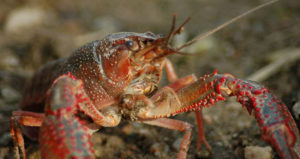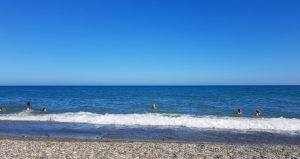EEA: Majority of Europe’s bathing waters of excellent quality
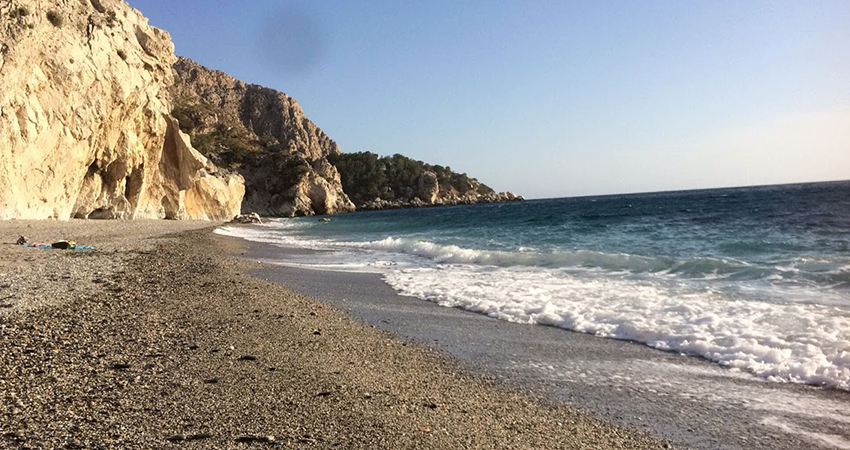
-
 Editorial Team
Editorial Team
Share article:
Last year of 22.295 monitored bathing water sites across Europe 85% had ‘excellent’ bathing water quality. These results were published by the European Environment Agency (EEA) and the European Commission on the 8th of June. The European Bathing Water Directive specifies if the bathing water quality can be classified as ‘excellent’, ‘good’, ‘sufficient’ or ‘poor’, depending on the levels of faecal bacteria detected.
In six European countries, 3 % or more of bathing waters were of poor quality: Albania (seven bathing waters or 5.9 %), Estonia (three bathing waters or 5.6 %), Hungary (10 bathing waters or 3.9 %), Ireland (five bathing waters or 3.4 %), the Netherlands (24 bathing waters or 3.3 %) and Slovakia (one bathing water or 3.1 %). In Albania, the number of poor bathing sites dropped significantly since 2015, when 31 bathing water sites (or 39.1 %) were assessed as poor. According to the EEA-report this improvement can be linked to the construction of five waste water treatment plants in Albania in recent years.
Restrictive measures due to coronavirus
Due to the coronavirus outbreak and restrictive measures put in place across Europe, members of the public are advised to seek updated information from local and national authorities and beach operators about safety measures at bathing sites. Normally the quality of coastal waters is better than those located inland.
Wastewater Treatment
Europe’s bathing water quality has vastly improved over the last 40 years, when the EU’s Bathing Water Directive was introduced. Effective monitoring and management introduced under the directive, combined with other EU environmental legislation such as the Urban Waste Water Treatment Directive (1991), led to a drastic reduction in untreated or partially treated municipal and industrial waste water ending up in bathing water.
Interactive map
Alongside this year’s report, the EEA has also released an updated interactive map showing the performance of each bathing site. Updated country reports are also available, as well as more information on the implementation of the directive in countries.
Evaluation
The European Commission intends to launch an evaluation of the directive in the coming weeks with the intention to analyse what has worked and not. After the evaluation the EC will decide whether additional initiatives should be taken to improve the functioning of the directive.


